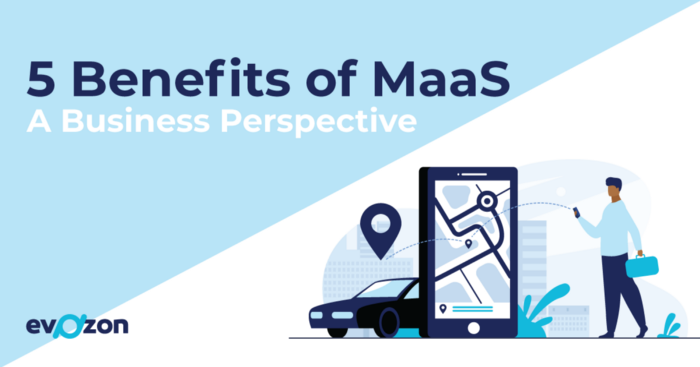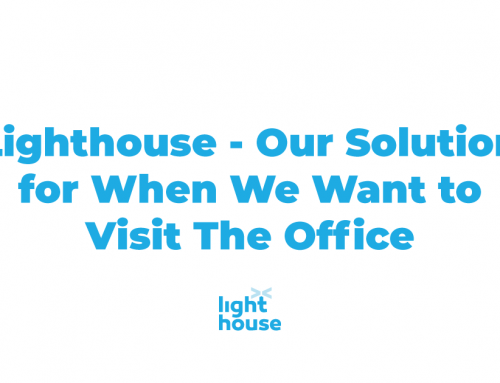I dived deeper into how MaaS in the public sector looks like here, and together we saw how volatile everything is on this subject. Developing an app for public use is helpful, but things are a bit more complicated than that. From changes in the infrastructure to rethinking the public transportation system, there are lots of obstacles that stand between Mobility-as-a-Service and the public sector. But are the same obstacles relevant to businesses?
Well, having the appropriate infrastructure would be useful for businesses too. Better public transportation could come in handy as well. The setup is not perfect, indeed, but there are other perks businesses can enjoy from implementing such a system in today’s world. In the next few paragraphs, we’ll focus on 5 of the reasons why MaaS is useful for the private sector.
Minimize assets ownership
“The more, the merrier”, right? Well, when it comes to MaaS, not exactly. Since it pushes us to be more efficient and use our resources to their highest capacity, the phrase should be “the less, the merrier”. Or “the number doesn’t matter as long we efficiently use our assets, the merrier”.
Would you rather have many assets and keep them in standby most of the time, or have fewer assets and use them to their greatest potential? Following Mobility-as-a-Service principles, you’d go for the latter option.
Improve assets management
As the number of assets lowers, the remaining ones’ usage increases. So how can you manage them better? That’s where MaaS platforms step in. They help you track, check, and control your fleets. They provide data so you can always know what’s the status of each vehicle. Depending on the platform, there are many helpful features to boost asset management. Booking vehicles for specific time-frames, reporting on fuel consumption, sending alerts, and notifications in case something happens, to name a few.
Improve cost management
As the number of your assets lowers, the costs might also decrease. But it may also increase. That’s something no platform can guarantee, as it only depends on you. Although, what’s for sure is that you have the opportunity to have better cost management. With tools and reports that gather lots of useful data, it’s up to you if you use them or not. It’s also an opportunity to analyze your costs, improve your spendings plan, and predict future costs. Use the platform’s features to your advantage and make your business more cost-effective.
Increase the team’s flexibility
Every employer wants flexible employees. But how many chances do employees have to prove this skill in the workplace? Organizing your fleets in a MaaS manner will give them the chance to flex their flexibility. Instead of having one vehicle per employee, assign one vehicle to a group of 2–3 people. Or, reduce the number of vehicles and allow all employees access to the remaining ones. This way, one employee will use any available vehicle only when needed. Look for platforms with features that ease coordination and cooperation, such as booking and calendar.
Leverage data
Having access to as much relevant data as possible helps you optimize your plans. Data helps you prevent inaccuracies. It helps you understand what determined specific events to happen. It boosts your confidence when it comes to predictions and plans. It gives useful insights that come in handy when you could least expect. In 1996, Bill Gates stated that “Content is king”. Is it okay if, just for now, we say that Data is king?
Final thoughts
There are many other benefits to implementing MaaS in businesses, but in my opinion, these are among the best ones. There is also an indirect one, which helps you maintain your eco-friendly values: it makes mother earth smile! Yep, fewer assets, more efficiency, and less waste. Isn’t this a great trio?
As Mobility-as-a-Service is constantly evolving and improving, many platforms are experimenting with all kinds of features. From incorporating service modes to predicting future costs according to a driver’s present behavior, MaaS platforms are integrating more and more features to ease the fleet manager’s tasks. Let’s take Movium as an example in this case, as it is growing in features that boost efficiency, automate redundant tasks, and increase flexibility. Do you have an example of a MaaS platform that is constantly testing out new features? Share it in the comments!

![Products have personalities, too. [How to make your product stand out]](https://www.evozon.com/wp-content/uploads/2022/09/products-have-personalities-500x383.png)


